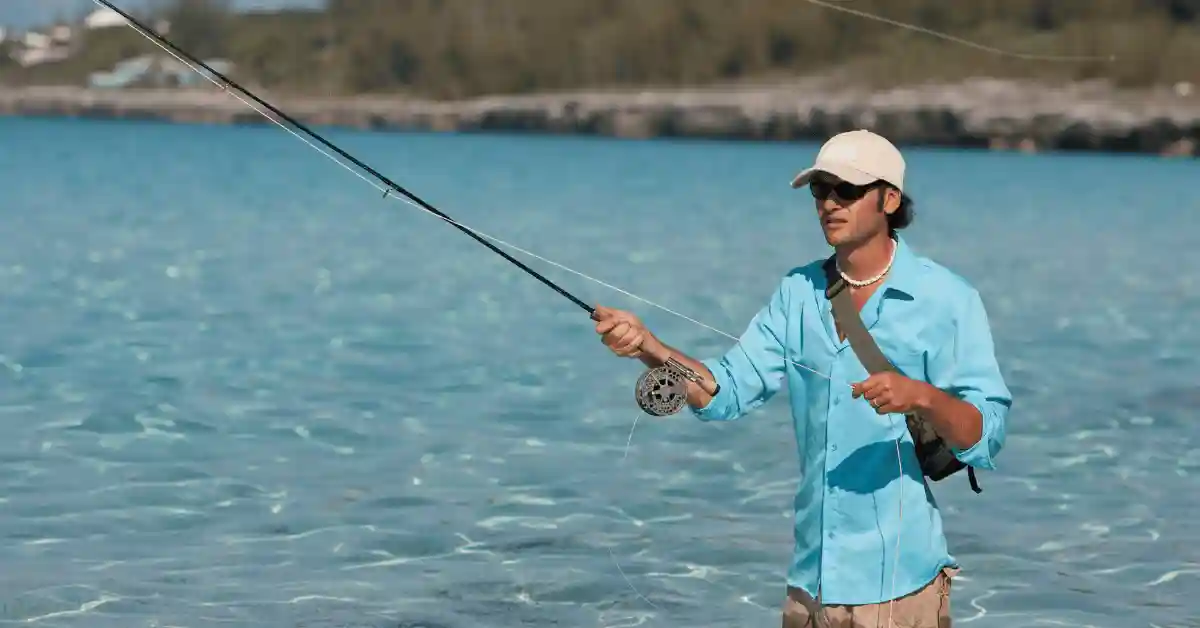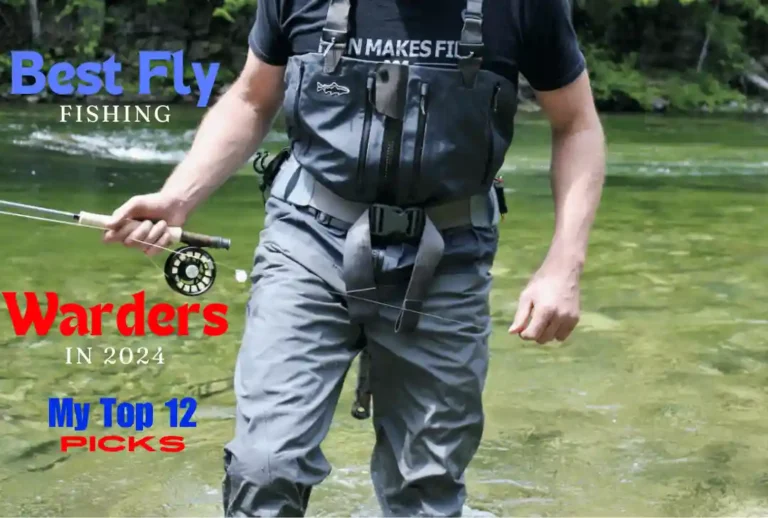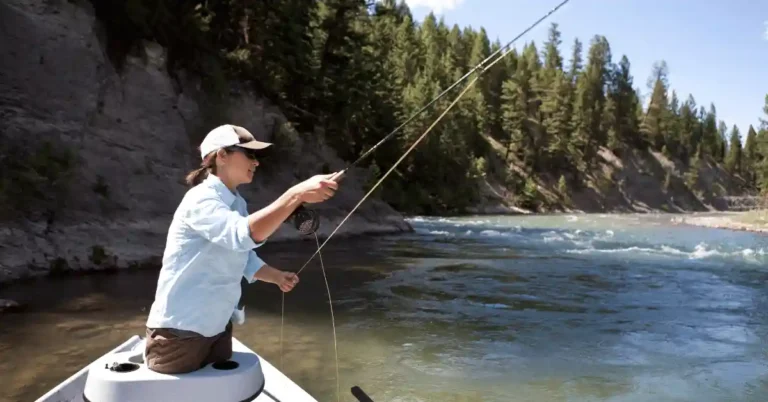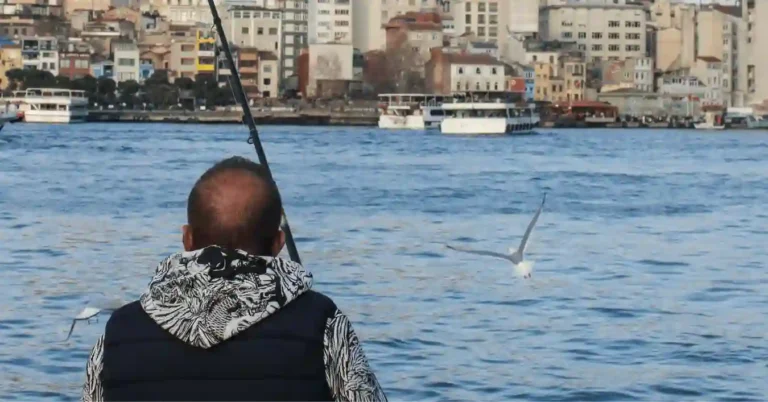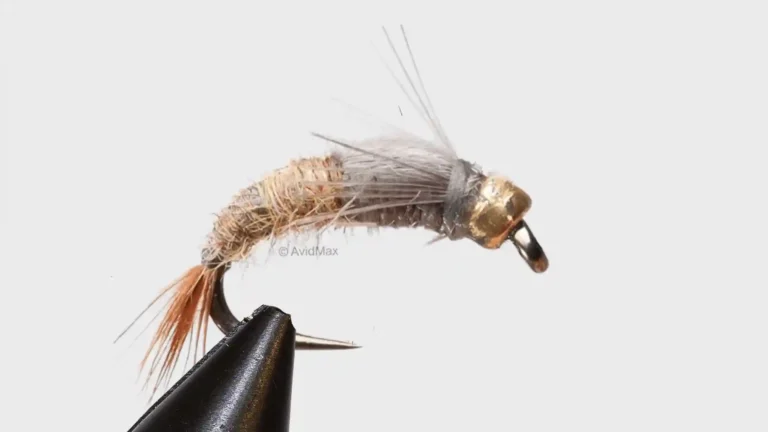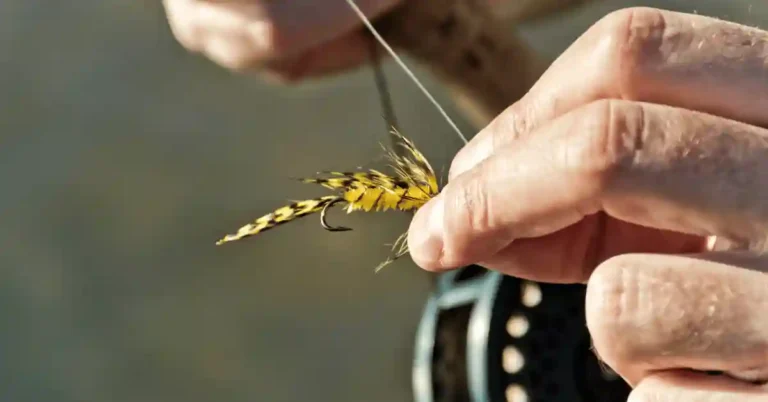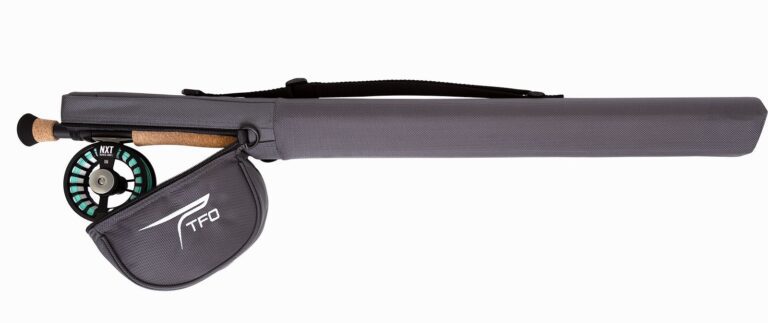How to Fly Fish: 13 Best Tips
How to Fly Fish: 13 Best Tips in 2024

Excited to go fly fishing? Hold on, especially if you’re a beginner. Let’s discuss your goals for taking up fly fishing. Are you aiming to embrace the outdoors, learn a new activity enjoyed by friends or partners, or perhaps even catch fish to savor? For me, it was about solo exploration.
My initial exposure to fly fishing was guided, with the instructor determined for me to net fish independently. While I left feeling confident, the reality of solo success was quite different.
So, if you don’t now how to fly fish. Don’t worry, the following are some of the best tips on how to fly fish that I derived from my 16 year of experience in fly fishing for you. So, Let’s dive in.
What Is Fly Fishing?
Fly fishing is a unique way to catch fish using a special technique. Instead of heavy bait, fly fishing uses a lightweight fake fly to trick the fish. The angler uses a special rod and reel to cast the fly by waving it in the air. The fly imitates bugs or small fish that the fish like to eat.
People usually do fly fishing in freshwater for fish like trout, or in the ocean for fish like bonefish.
The best part about fly fishing is how you cast the fly. It’s like learning a smooth dance move with the fishing rod. You have to be gentle and accurate to make the fake fly look real to the fish. When you cast, the line unfolds in the air in a really cool way.
Fly fishing is not just about catching fish – it’s like a special connection between you, the water, and the pretend bug on the surface. Whether you’re a pro or just starting, fly fishing is a fun and relaxing way to enjoy nature and learn a new skill.
Tips On How to Fly Fish
The Following are the 11 tips to learn Fly Fishing:
1. Learn To Cast
The First and most important things for fly fishing is casting. This skill is the MVP of fly fishing. You have to know how to fling that line and fly with precision. Lucky for you, there’s a treasure trove of resources – books, videos, and even classes.
Practice your casting in an open area before you make your grand entrance to the water. It’s all about finesse.
2. Be patient with yourself
Learning to fly fish teaches you about patience. You’ll lose flies, catch more leaves, and encounter obstacles you didn’t know existed. There will be frustrating moments where you might want to give up, but you’ll find yourself returning.
3. Get the Right Gear
To begin your journey in fly fishing, it’s essential to equip yourself with the right gear. This encompasses a fly rod, reel, line, and flies. You have the option to acquire a beginner’s kit, which conveniently includes all these components, or you can opt for individual purchases.
Ensure that you select gear of the appropriate size and weight tailored to the specific type of fish you intend to catch.
4. You will get Skunked
Getting skunked in fly fishing means not catching a single fish, and sometimes, not even getting a chance to set the hook. Many anglers, including experienced ones, have faced this challenge.
I recently questioned women in the United Women on the Fly Facebook group about their experiences. Amy Williams Ray shared that it took her four trips to finally land her first trout, making it a special achievement.
Shandy Danford recounted three hard fishing months before her first catch, emphasizing the importance of learning the basics.
The key takeaway from these stories is that getting defeated is part of the journey, but the message is clear: don’t give up.
5. Understand Your Bugs
When fly fishing, understanding the bugs is crucial. Keep it simple and have the right flies on hand. Trout primarily feed on bugs underwater, so knowing the basics of what they eat is essential.
Different bug hatches occur in healthy waters throughout the seasons, offering opportunities for successful fishing.
6. Don’t Overthink Extra Gear
When it comes to gear, simplicity is key. You don’t need to invest in high-end equipment right away. Start with the basics and upgrade as needed. Fishewear, a female-owned company, offers a recommended sling for beginners.
Organizing your gear is crucial, and there are multiple options such as vests, front pouches, lanyards, and slings to choose from. Enjoy the journey, create your narrative, embrace mistakes, and find your words of encouragement.
The primary focus is to relish the experience and have fun.
7. Don’t feel overwhelmed by Advice
When I started fly fishing, simple questions often led to overwhelming responses. Now, with my own experience, my advice is to take it step by step.
In fly fishing, the key is to cast and present your fly so convincingly that a trout mistakes it for an actual bug and takes the bait. Once that happens, you have a brief moment before the trout realizes it’s not a natural bug, and you must set your tiny hook in its mouth.
But wait, you’re not done! Now, you must net the fish with just enough tension. It’s a beautiful dance; you’ll be hooked forever once mastered.
There are many right and wrong ways to do things, but you will genuinely learn once you experience it.
For instance, I took the Orvis Fly Fishing 101 class, which provided a great foundation. You can also read some informative books on fishing to get more advice.
8. Understand the Fish

Now, here’s the juicy bit – understanding fish behavior. Fish aren’t just underwater blobs; they’ve got habits. Different species have different cravings and dining preferences. Dive into the world of aquatic cuisine, learn about the insects and other delights fish fancy, and then pick flies that look like their favorite snacks.
9. Practice Your Casting
Now, let’s talk about casting. Fly fishing without being able to cast is not fly fishing. Don’t get me wrong – it’s doable, but you’ll be limited in what you can do and where you can fish.
So, watch a few videos, take a lesson, and head to your local park or backyard. Casting is like an art form; it’s beautiful when it all comes together. But here’s the deal – it takes practice. I’ve never met someone who immediately picked up a fly rod and nailed it.
So, if you’re struggling, you’re not alone. Just spend some time off the water and focus on those basics, and soon enough, casting will be second nature.
The key here is to practice casting away from the water. You want to catch fish when you’re out fishing. Removing that distraction lets you focus on getting the basics of fly casting down. And trust me, after a while, it becomes second nature.
10. Learn how to read the water
Fish hang out in all sorts of spots in rivers and lakes, and knowing where to find them is critical. If you need clarification on these places, you might save time in spots with no fish. It’s all about understanding how your fly drifts and figuring out where fish like to chill.
Every river and lake is different – some have specific spots where fish love to wait for their next meal. Learning to read the water can seriously level up your fly fishing game. Spend some time on it – it’s worth it.
11. Learn basic entomology
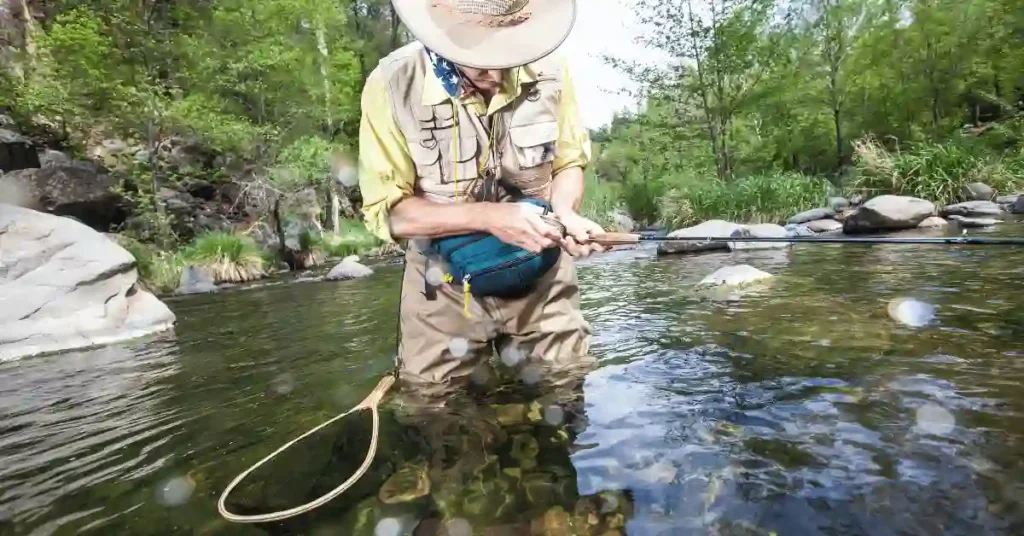
I am not an entomology expert, but knowing the basics is a game-changer in fly fishing. It doesn’t matter if you’re fishing in rivers or lakes. If you struggle, flip over a few rocks and need help to pick the right fly. With some basic entomology knowledge, you can match your flies to what’s buzzing around.
And it’s not just about nymph fishing – insects go through different stages, and understanding these stages helps you pick the right flies. It’s like having the insider info to catch more fish.
12. Learn to nymph fish
So, there’s nothing like seeing a trout rise to take your fly gently from the surface – it’s unforgettable. But here’s the thing: around 80-90% of a trout’s feeding happens underwater. So, if you want to catch more fish, you’ve got to get down there with them.
When I started learning the basics of fly fishing, nymph fishing scared the heck out of me. I felt lost – I wasn’t sure if I was deep enough or if the fish even noticed my fly. I missed a bunch of catches and honestly thought I just sucked at it. But you know what they say – practice makes perfect.
I’ve spent years figuring out nymph fishing. I still try different nymphing techniques because it pays off big time. My catch rates shot up once I got the hang of it. Now, it’s one of the most fun things about fly fishing for me, and it pays off when you’re aiming to catch some fish.
13. Where To Fish
The success of your fly fishing adventure hinges on this choice. Seek out places with crystal-clear water, a decent flow, and fish aplenty is essential. Need recommendations? You can find many states for fly fishing. Also, you can fly fish in ponds to spot fish easily.
If not, then hit the internet or chat up the local pros. And hey, always play by the rules – be aware of any regulations or restrictions in the area.
Final Words
As we wrap up our journey into fly fishing, I hope you’ve found this guide informative and inspiring. Whether you’re a novice angler just dipping your toes into the sport or a seasoned fly fisher looking to refine your skills, the beauty of fly fishing lies in its endless possibilities for growth and discovery.

Meet Ibrahim Khan, an avid angler and author in Fishing Teach. He shares his wealth of knowledge from his 16 years of experiences in fishing. His articles are a captivating blend of practical insights and thrilling tales that invite readers into the enchanting world of fishing.
Ibrahim’s guides are your go-to guide in the realm of fishing on this informational site. Hailing from a coastal paradise, Ibrahim’s passion for angling is the heartbeat of his life.

